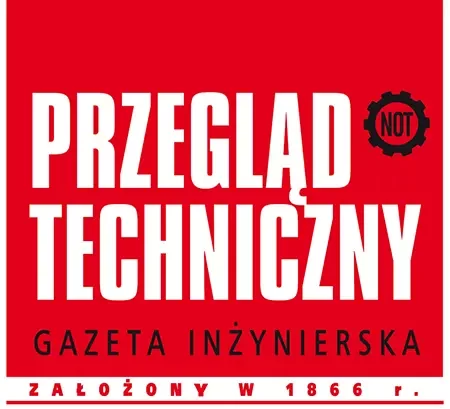Hub
One of the oldest technical devices is the tarsier. It’s a hollowed-out trunk or stone, so a kind of mortar for pestering the grain to strip it of its husk. The pestle was called a palfrey. But throughout the Slavic region, the term “hub” was more common (and perhaps older), and the pestle was “piast.” It became the nickname of one of the rulers of the Polans from a family that should be called the Siemovitides family, not the Piasts (this is not my opinion, but that of historians). Either way, the word “hub” is significant; the property of a hub is to pound without compromise and to move decisively in a reciprocating motion, so the hub could not have been a dumbass. I assume, following etymologist Andrzej Bańkowski, that the derivative of hub – tarsus is a clamp in the more general sense. Therefore, to this day we call the wheel axle clamp – hub. In the wheel system, the problem of friction between hub and hub immediately arose. So it was common to use animal fat or oil, thus discovering the firstfruits of tribology (this science was not formally distinguished until 1966!). It was once believed that it was Leonardo da Vinci who, wanting to reduce friction, first used a mechanical solution rather than lubrication. He was to make the first design of a ball bearing, thanks to his observation that rolling friction is much less destructive than sliding friction. But in the 1920s, Emperor Caligula’s “floating palaces” were discovered, at the bottom of the drained Lake Nemi south of Rome, equipped with sensational technical devices, including. using … wooden ball bearings. It was not until the Renaissance that developments and refinements of this concept began to appear, and the first patent for a metal ball bearing was obtained by Welshman Philip Vaughan in 1794. attaching another important technical factor of the industrial revolution.
Today, bearings are everywhere – from a watch to a nuclear power plant. The race to better and better performance of the contact between wheel hub and axle is on. Various variants of rolling bearings are used – ball, roller, spherical, needle, etc. After the use of metal alloys, plastics, ceramics, it was the turn of composites and nanotechnology. Plain bearings are no worse, and in addition to oil-lubricated, air and hydraulic bearings. Modernity has added new concepts: for example, magnetic (with permanent magnets and electromagnets that create a kind of levitation for the axis). An example of innovation is the foil bearing, where instead of the classic balls, two layers of metal foil are used – a spring outer and an inner coated one, while the design of the whole allows “lubrication” and cooling by an air cushion formed automatically during operation. All this to cope with dizzying speeds without mechanical bearings. Bearing foils are a veritable material masterpiece:, a corrosion- and oxidation-resistant nickel-based alloy with high strength and impact resistance in the temperature range from cryogenic to 1100°C,which is mainly due to the effect of the addition of columbium and molybdenum, in a nickel-chromium matrix. Thus, the refinement of the hub has been going on almost since the beginning of mankind. Will a frictionless bearing be achieved?
Zygmunt Jazukiewicz



